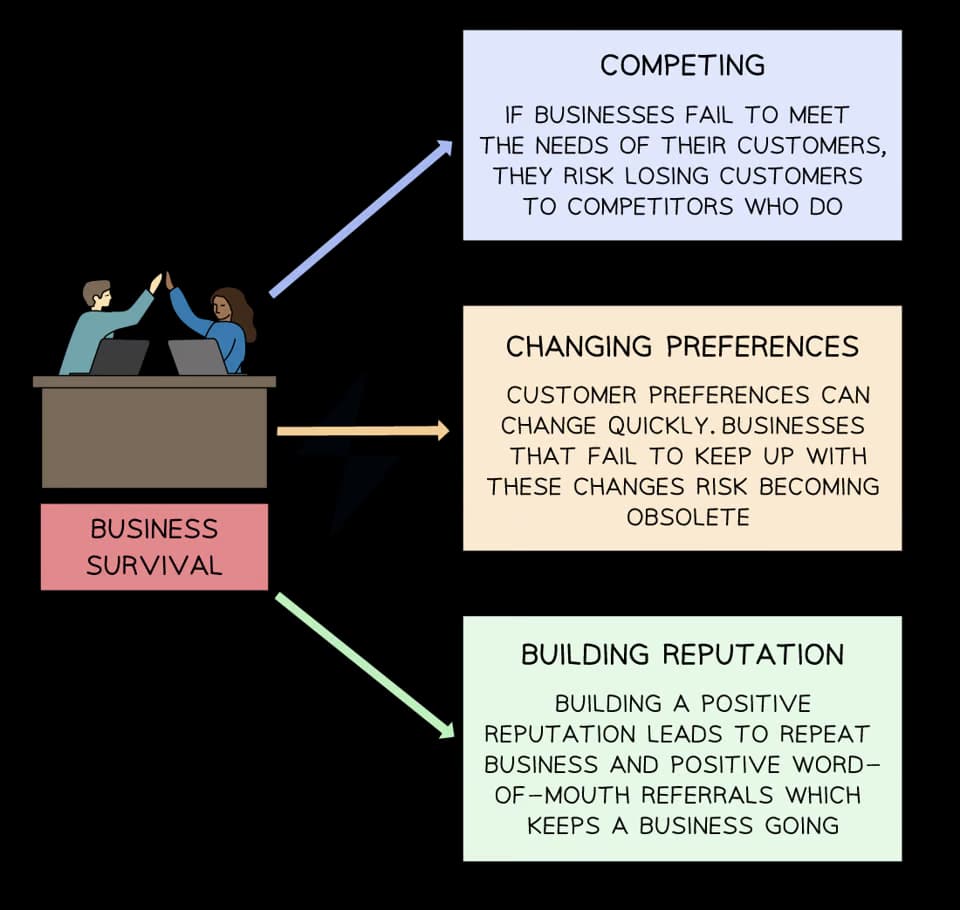The Role of Marketing (Cambridge (CIE) IGCSE Business): Revision Note
Exam code: 0450 & 0986
Identifying and satisfying customer needs
Marketing helps a business identify and satisfy the needs and wants of its customers
Identifying customer needs involves finding out about the
Variety and quality of goods and services that customers want
Prices they are willing to pay
Promotional techniques that may persuade them to make repeated purchases
Convenience factors, including where and how they want to purchase products
After-sales services they anticipate
Satisfying these customer needs involves ensuring products are available when and where customers want to buy them, at a suitable price, at the quality expected and with effective customer service
The benefits of identifying customer needs

Businesses that successfully identify and satisfy customer needs
Will compete more effectively than rival businesses
Will keep up to date with changing tastes and preferences
Will attract positive word-of-mouth recommendations and build the brand
Benefits of understanding customer needs
Cutomer need | Explanation | Benefit to the business |
|---|---|---|
Price |
|
|
Quality |
|
|
Choice |
|
|
Convenience |
|
|
Customer loyalty and relationships
Customer loyalty is when existing customers buy products from the same business over and over again
Customer loyalty leads to repeat purchases and a rise in market share.
It is much cheaper for a business to try to keep existing customers (for example, with loyalty cards) than trying to gain new customers, as this can involve expensive advertising campaigns
Building customer relationships involves communicating with customers to encourage them to become loyal to the business and its products
Good relationships are maintained by
Developing close ties with customers and finding out if products/services are continuing to meet their needs
E.g., Using surveys to discover if preferences are changing
Using technology to gather important information about customers
By having strong relationships with the customer, the business can respond appropriately when customers
change their expectations of what they want from a good or service

You've read 0 of your 5 free revision notes this week
Unlock more, it's free!
Did this page help you?